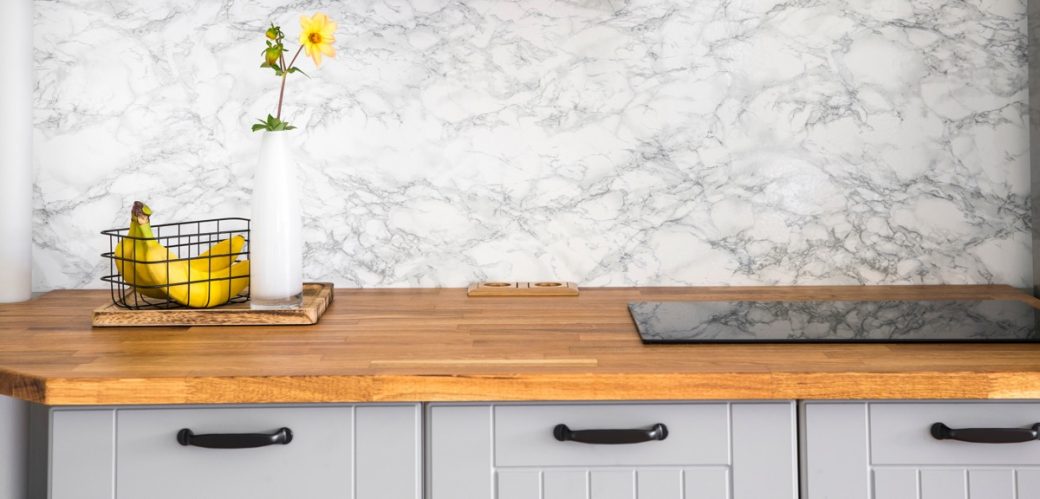As the temperatures rise, having a reliable air conditioning (AC) system becomes more than a luxury—it’s a necessity. Whether you’re upgrading an outdated unit or installing AC for the first time, a new system installation is a critical step toward ensuring comfort, efficiency, and long-term savings in your home or business. This article walks you through everything you need to know about new AC system installation, from planning and selection to professional installation and maintenance.
Why Install a New AC System?
Air conditioners play a vital role in regulating indoor temperature, humidity, and air quality. Over time, older AC units lose efficiency due to wear and outdated technology. New AC systems offer significant improvements such as:
-
Energy Efficiency: Modern systems use advanced compressors, refrigerants, and smart thermostats, reducing energy consumption and lowering utility bills.
-
Enhanced Comfort: Improved cooling performance and better airflow distribution provide consistent temperature control.
-
Environmental Benefits: Newer models use eco-friendly refrigerants with less environmental impact.
-
Quiet Operation: Innovations in design minimize noise levels, making your living or working space quieter.
Planning Your New AC System Installation
Before jumping into installation, it’s important to plan carefully. Consider the following:
1. Assess Your Cooling Needs
The size of your space, insulation quality, and local climate all affect the type and size of AC you need. A unit that’s too small will struggle to cool your space, while one that’s too large will cycle on and off frequently, wasting energy and causing wear.
Professional HVAC technicians use a “load calculation” to determine the proper size. This calculation considers square footage, ceiling height, windows, and more.
2. Choose the Right Type of AC System
There are several types of air conditioning systems to choose from, including:
-
Central Air Conditioning: Ideal for cooling an entire home through ductwork.
-
Ductless Mini-Split Systems: Perfect for homes without ducts or for zoning specific rooms.
-
Window Units: Suitable for cooling individual rooms.
-
Portable Units: Flexible but less efficient for whole-home cooling.
Each type has its benefits and price points, so select one that matches your budget and needs.
3. Set a Budget
Installation costs vary widely depending on the type of system, brand, labor, and additional modifications like ductwork upgrades. Plan for installation fees, the cost of the AC unit, and possible extras such as smart thermostats or air purifiers.
The Installation Process
Once you select your system and hire a qualified HVAC professional, the installation process can begin. Here’s what to expect:
1. Pre-Installation Inspection
Technicians will inspect your home or building to check ductwork, electrical systems, and structural considerations. This ensures everything is ready for installation.
2. Removal of Old Equipment
If you’re replacing an existing unit, the old system will be safely removed and disposed of according to environmental regulations.
3. Installation of the New System
The new AC system is installed following manufacturer guidelines and local building codes. This involves mounting indoor and outdoor units, connecting refrigerant lines, electrical wiring, and ductwork or ventilation systems.
4. System Testing and Calibration
After installation, the system is thoroughly tested to verify proper function. Technicians check refrigerant levels, thermostat calibration, airflow, and electrical safety.
5. Customer Orientation
A good HVAC professional will walk you through system operation, maintenance tips, and troubleshooting. They may also help you set up programmable thermostats for optimal efficiency.
Benefits of Professional Installation
While DIY installation might seem tempting to save money, hiring licensed professionals is crucial for several reasons:
-
Safety: Handling refrigerants and electrical components can be hazardous without training.
-
Warranty Compliance: Many manufacturers require professional installation for warranty validity.
-
Proper Sizing and Setup: Professionals ensure your system is correctly sized and installed for maximum performance.
-
Long-Term Savings: Proper installation reduces energy consumption and costly repairs.
Maintaining Your New AC System
Installation is just the beginning. Regular maintenance extends the life and efficiency of your AC unit:
-
Change Filters: Replace or clean filters every 1-3 months.
-
Clean Coils: Dirty evaporator and condenser coils reduce cooling efficiency.
-
Check Refrigerant: Low refrigerant can cause the system to freeze or fail.
-
Inspect Ductwork: Leaks or blockages impair airflow and cooling.
Scheduling annual professional tune-ups keeps your system running smoothly and can catch small issues before they become costly repairs.
Signs It’s Time for a New AC Installation
Sometimes, replacement isn’t just a choice but a necessity. Consider installing a new system if:
-
Your current unit is more than 10-15 years old.
-
Cooling is inconsistent or insufficient.
-
Energy bills have risen sharply without increased usage.
-
The system frequently breaks down or needs costly repairs.
-
You want to upgrade to an energy-efficient or environmentally friendly system.
Final Thoughts
Investing in a new AC system installation is a smart move for comfort, health, and financial savings. With proper planning, choosing the right system, and relying on professional installation and maintenance, you can enjoy cool, refreshing air year-round without worry. Take the time to research your options, consult trusted HVAC experts, and prioritize quality workmanship to keep your indoor environment comfortable and efficient for years to come.

